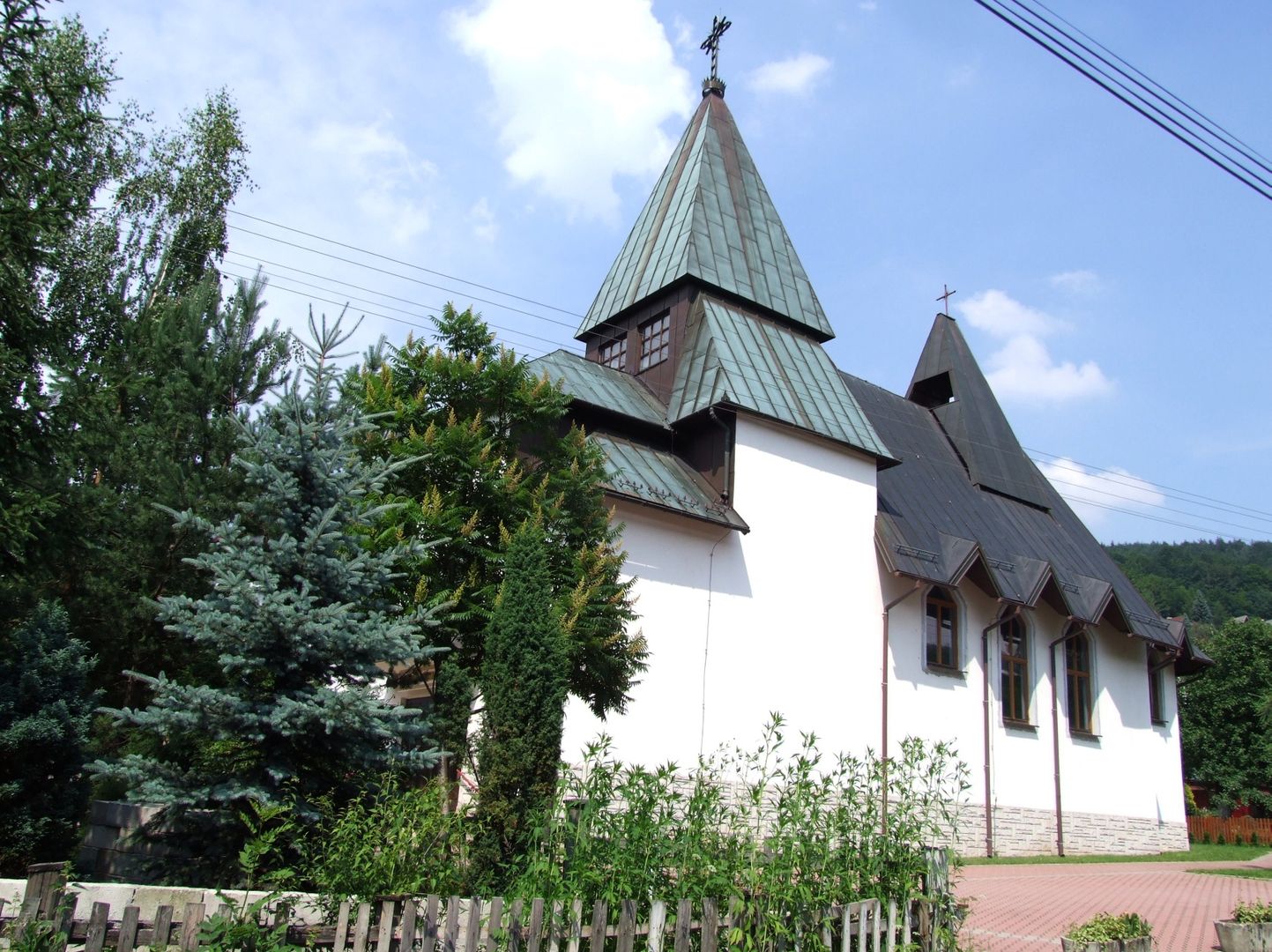Poreba
6.15

Overview
Poręba is a village in Poland, located in the Lesser Poland Voivodeship, within the Myślenice County. The history of the settlement dates back to 1403, when the first mention of its transfer between owners was recorded. In 1451, Casimir IV Jagiellon transferred the village from Polish to German law, and over the following centuries, Poręba changed hands multiple times. Between the 16th and 17th centuries, the village came into the possession of the Jordan family from Zakliczyn, though it frequently changed affiliation. In the 16th century, stonemasonry developed here, primarily producing millstones, which accelerated the growth of local crafts in the 19th century. After World War II, stonemasonry declined, and in the 1970s, the construction of a tourist base began. Following the partitions of Poland, Poręba became part of the Habsburg monarchy and was established as a municipality, which contributed to the development of local crafts.
During World War I, the village became a site of battles involving Piłsudski's Legions. World War II brought active resistance by the Home Army (AK), and after the war, Poręba continued to develop as a tourist destination, with summer houses and the "Pod Kamiennikiem" holiday resort. Geographically, it is situated in the Wieliczka Foothills, in the valley of the Trzemeśnianka stream, surrounded by hills, giving it a picturesque landscape.
Poręba features preserved traditional wooden houses and chapels, enriching its rural architecture. The village belongs to the parish in Trzemeśnia, and the chapel built on the initiative of the local community is an important cultural landmark. The area is rich in nature, with numerous hiking trails leading to viewpoints overlooking the Beskids, Gorce, and Tatra Mountains, attracting tourists. It is also worth mentioning the monuments commemorating events from World War II and the collective grave of partisans on Łysina Hill. Poręba enjoys a moderate warm climate, with abundant rainfall in summer, supporting lush vegetation. The Trzemeśnianka stream, flowing through the village, has its sources in the nearby mountains, further highlighting the importance of local water resources. The village combines a rich history, artisanal traditions, beautiful landscapes, and a friendly climate, making it an attractive place for both residents and tourists.
Location
2025 Wizytor | All Rights Reserved